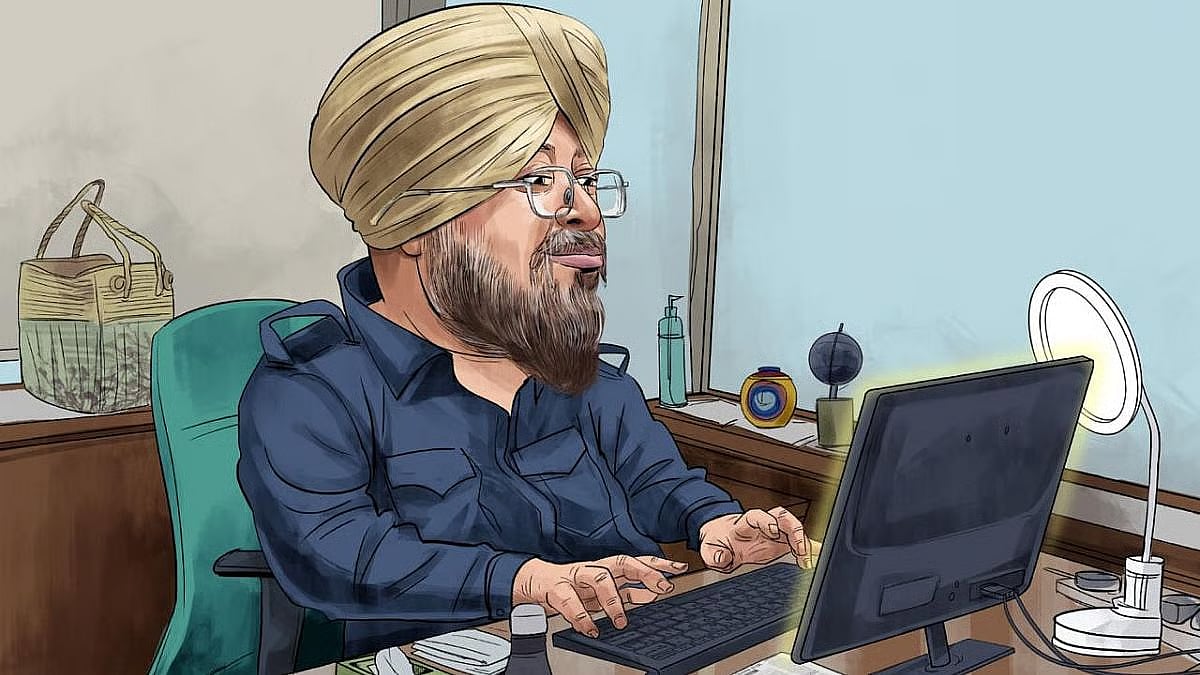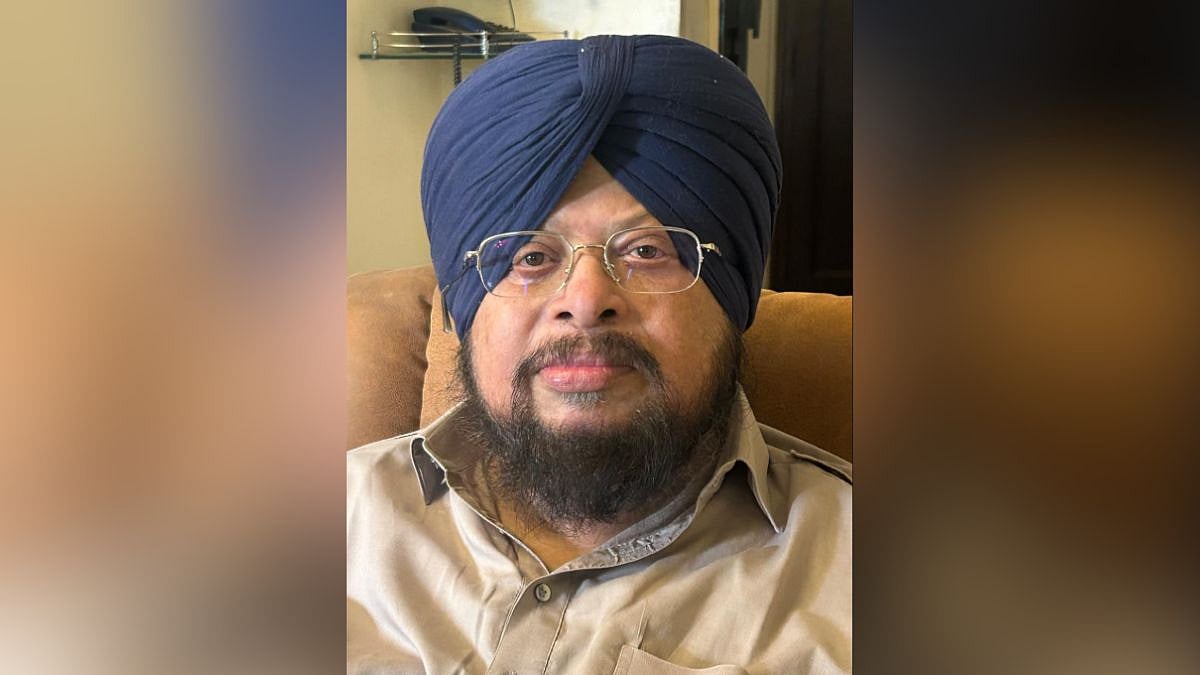In our Constitution, Article 368 in Part XX (20), talks about the special powers of Parliament to amend the Constitution and its provisions. Our Parliament can amend the Constitution by way of delete or addition, variation or repeal any provision in accordance with the procedure mentioned in the said article.
The framers of our Constitution had reasons to believe that in future, the need will arise to reflect societal changes as well as the aspirations of the population, so Article 368 was inserted.
In the words of Shri AR Antulay: "The Constitution has to be changed at every interval of time. Nobody can say that this is the finality. A constitution which is static is a constitution which ultimately becomes a big hurdle in the path of the progress of the nation".
But it is pertinent to mention that our Parliament can not amend the provisions of Constitution arbitrarily which violates the ‘Basic Structure’ or the ‘Fundamental Structure’ of the Constitution as declared by the Honourable Supreme Court of India in the Landmark case of Kesavananda Bharati vs State of Kerala, 1973.
This term Basic Structure was given by arguably the best Constitutional Lawyer India ever had - Shri Nani Palkhivallah during the arguments in the Kesavananda case.
My personal favourite 5 Amendments in our Constitution which changed the lives of citizens, democracy and the Governance style of any Government, are following:
1. The Seventh Constitutional Amendment Act, 1956
This amendment applied the recommendations of the State Reorganization Committee and to implement the State Reorganization Act, 1956. Due to this, the Second and Seventh Schedules of the Constitution were completely amended.
It abolished the categorisation of Indian States into four parts i.e. Part A, Part B, Part C, and Part D, and reorganised them into total of 14 states plus 6 union territories while solidify and strengthening the Federal structure of India.
It also varies the jurisdiction of different High Courts to Union Territories and States and allows the establishment of a particular High Court for two or more States and Union Territories.
2. The 52nd Constitutional Amendment Act, 1985
This was brought to stop defection of members of legislative assemblies and parliament and set up the anti defection law. It empowered the Election Commission of India to disqualify the members of Parliament and State legislatures on the basis of defection and included a new 10th Schedule with respect to this.
3. The 102nd Constitutional Amendment Act, 2018
This historic amendment act was brought to give the National Commission on Backward Classes the status of a constitutional body. It brought to insert a new Article i.e. Article 338-B into the Constitution which provides for a Secretariat of NCBC, its mandate and the composition, functions, and various offices. It also inserted a new Article in the Constitution ie. Article 342-A that empowers the President to notify a State or Union Territory‘s list of socially and educationally backward classes under this.
4. The 99th Constitutional Amendment Act, 2015
This was brought to insert to amend the Article 124 in Constitution with inclusion of Article 124A, 124B and 124C to set up a National Judicial Appointment Commission, a Constitutional Body comprises of 3 Senior most Judges of Supreme Court headed by the Chief Justice of India with other members like the Union law minister and two other nominated eminent persons, to select, scrutinize, appoint and transfer of Judges of Supreme Court and High Courts, which is to be regulated by the Parliament.
However in the case of Supreme Court Advocates on Record Association vs Union of India 2016, also popularly called as 4th Judges case, the Constitutional validity of this amendment was challenged. The SC's Constitutional Bench held that the amendment violates the doctrine of ‘Separation of Power’ and the independence of the Judiciary. It also validates the present going system of Collegium System for selection and appointment of Judges and subsequently held the amendment null and void and completely unconstitutional with majority of 4-1.
Undoubtedly, due to this Collegium System, the Judiciary is completely untouched by the influence of politicians. However the question of the transparency issue of the Collegium system rises time and again and it has its own kind of flaws, but presently there is no better system than the existing one.
5. The 24th Constitutional Amendment Act, 1973 (The combo of 24th, 25th and 29th Constitutional Amendment Acts were challenged).
This is my personal favourite.
In 1973, in the legendary case of Kesavananda Bharati vs State of Kerala 1973, the Constitutional validity of three Amendment Acts were challenged. They were 24th, 25th and 29th.
The Constitutional Bench of 13 Judges declared by majority and overruled the Golaknath vs State of Punjab 1967 case which in past denied the Parliament the power to amend Part 3 of the Constitution i.e. the fundamental rights of the citizens enshrined in the Constitution. The majority held that article 368 even before the said 24th Amendment Act empowers the Parliament to amend the Constitution.
But, the Supreme Court declared that despite having the power to amend Constitution under Article 368, it does not enable Parliament to change or alter the basic structure and basic framework of the Constitution and Parliament can not use its amending powers under Article 368 to change, damage, destroy, abrogate, or alter the 'basic structure' and framework of the constitution.
This Judgment is not just a landmark in the evolution of Constitutional Law, but a turning point in constitutional history and lives of common people. This ultimately established the Supremacy of the Constitution of India in the country.
This Judgment protects the India's democratic values and ensured the independence of Judiciary to keep the check and balance over the other three parts of the democracy. It is to be noted that basic structure includes unlimited terms like democracy, secularism, free and fair elections, right to speech, right to live dignified life (Article 21) etc.
Ilin Saraswat is an advocate at the Supreme Court of India and goes by @IamAttorneyILIN on Twitter









